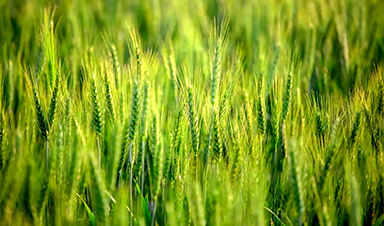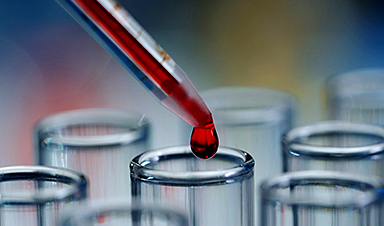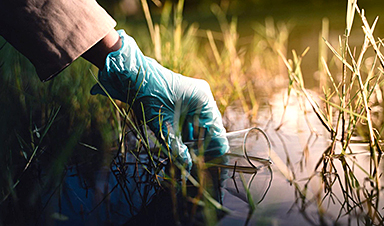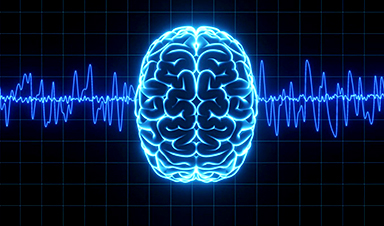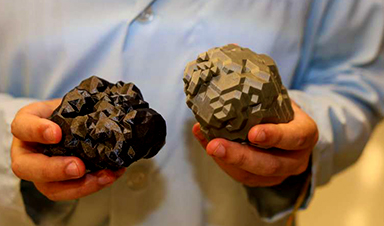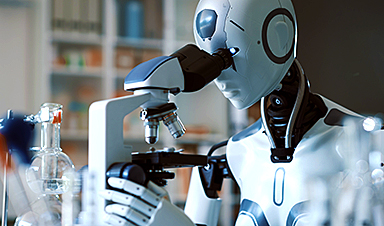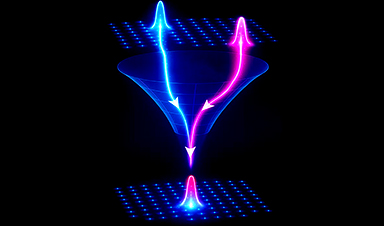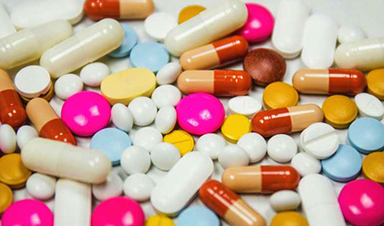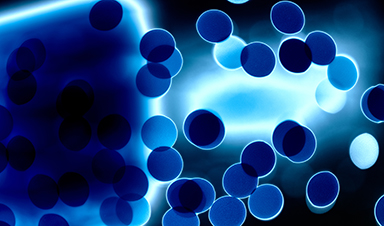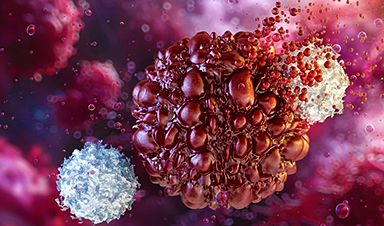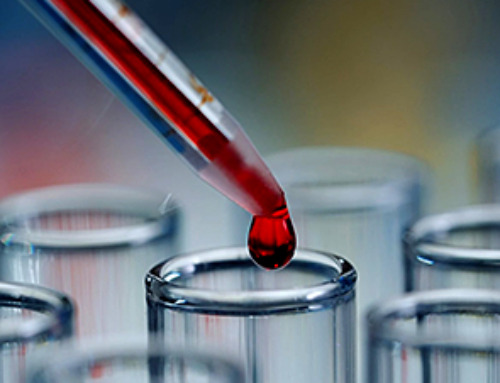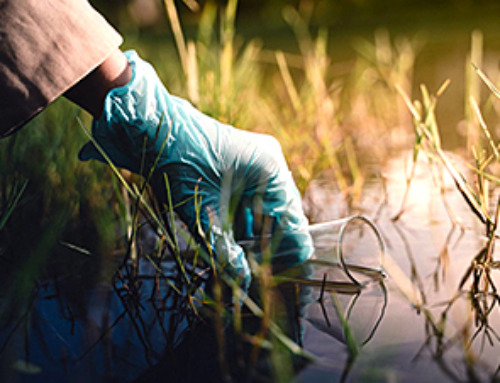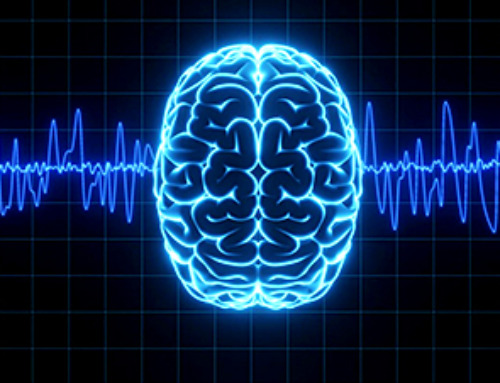Nanoplastics derived from plastic waste are increasingly accumulating in agricultural farmlands. The absorption and deposition of plastic particles by crops pollute the food supply and pose unanticipated health concerns to human beings. However, the effects of nanoplastics on crop grains cultivated in polluted soil remain relatively unknown.
A recent study published in the journal Advanced Science tackles this problem by investigating the transportation of polystyrene nanoplastics (PS-NPs) in various crops, such as peanuts and rice. This important research also examines the influence of nanoplastics on the productivity and nutritional value of crop grains.
Polystyrene Nanoplastics: Overview and Environmental Concerns
Plastic manufacturing has steadily expanded over the previous 30 years, with annual output exceeding 360 million tons in 2018. Polystyrene (PS), which has a high volatile constituent ratio, has emerged as a prominent and toxic plastic substance.
Large plastic wastes may be split into microplastics (100 nanometers – 5 millimeteres) and subsequently decomposed into nanoplastics (<100 nanometers) due to global warming, ultraviolet radiation, and slow microbial degradation. This growing amount of nanoplastic waste is continuously polluting the oceans, rivers, and farmlands.
Nanoplastics have been identified as substantial marine pollutants, with hundreds of thousands of metric tons estimated to be drifting on the surfaces of the main marine ecosystems. However, recent research has also shown nanoplastic pollution in freshwater bodies and various terrestrial habitats.
Impacts of Nanoplastics on Crops and Terrestrial Plants
Crops, which are essential components of the food supply chain, can absorb and retain harmful nanoparticles from the environment. However, terrestrial habitats have recently received significantly less research interest than their aquatic equivalents concerning nanoplastic toxicity.
Some investigations have shown that nanoplastics can penetrate plant roots and reach the leaves. Polystyrene nanoplastics (PS-NPs) can infiltrate plant cells via cracks in wheat and lettuce crops. Additionally, charged nanoplastics have the potential to aggregate and significantly hinder the development and reproduction of a variety of terrestrial plants.
Consuming nanoplastic-contaminated crop grains can also endanger human health. Although recent studies have assessed the entry, dispersion, and cytotoxicity of nanoplastics in crops, little is understood about nanoplastic deposition and activities inside seeds, which are the fundamental living constituent of the biosphere at the lowest nutritional stage of the food chain.
Highlights and Key Developments of the Current Study
The current research sought to ascertain if nanoplastics in soil could migrate into crop grains. Rice and peanut were chosen as crop models since their seeds develop on the ground and underground, respectively.
As a vital socioeconomic crop, rice is the primary diet of more than half of the planet’s population. Also, peanuts are a good source of proteins and fatty acids (FAs), ranking second only to soybeans in both volume and nutrition.
The treatment of these crops with polystyrene nanoplastics (PS-NPs) raised the empty-shell numbers of rice grain by 35.45%, resulting in a 3.02% decrease in the seed-setting rate of rice and a 3.45% decrease in the average seed weight of peanuts. Moreover, PS-NPs harmed the nutritional quality of rice and peanut crops by lowering the number of essential minerals, amino acids, and unsaturated fatty acids.
The researchers in this work proved for the first time that nanoplastics could accumulate in rice and peanut seeds. Similarly, nanoplastics had a significant detrimental impact on crop grain quality. These findings suggest that the usage of plastic items in agriculture has a negative impact on food security across the food chain.
Future Outlook
Given their widespread dispersion, future research should look at the possible ecological consequences of nanoplastics, which can damage agricultural production and nutrient delivery.
Relevant studies have revealed that PS-NPs have a high surface-to-volume and hydrophilic nature and might act as transporters for various environmental pollutants such as insecticides, herbicides, and toxic substances, allowing pollutants to accumulate in crop grains.
As a result, introducing nanoplastics into crop grains may be accompanied by additional dangers that threaten public health more than the nanoplastics themselves.
The experiments in this work used PS-NPs to investigate the absorption of nanoplastics and their impact on crop grains. However, there are various sorts of nanoplastics in the atmosphere, and nanoplastics made of other substances may have different effects on crop grains. As a result, future studies should examine the use of nanoplastics comprised of various materials.
News
Advancements and clinical translation of intelligent nanodrugs for breast cancer treatment
A comprehensive review in "Biofunct. Mater." meticulously details the most recent advancements and clinical translation of intelligent nanodrugs for breast cancer treatment. This paper presents an exhaustive overview of subtype-specific nanostrategies, the clinical benefits [...]
It’s Not “All in Your Head”: Scientists Develop Revolutionary Blood Test for Chronic Fatigue Syndrome
A 96% accurate blood test for ME/CFS could transform diagnosis and pave the way for future long COVID detection. Researchers from the University of East Anglia and Oxford Biodynamics have created a highly accurate [...]
How Far Can the Body Go? Scientists Find the Ultimate Limit of Human Endurance
Even the most elite endurance athletes can’t outrun biology. A new study finds that humans hit a metabolic ceiling at about 2.5 times their resting energy burn. When ultra-runners take on races that last [...]
World’s Rivers “Overdosing” on Human Antibiotics, Study Finds
Researchers estimate that approximately 8,500 tons of antibiotics enter river systems each year after passing through the human body and wastewater treatment processes. Rivers spanning millions of kilometers across the globe are contaminated with [...]
Yale Scientists Solve a Century-Old Brain Wave Mystery
Yale scientists traced gamma brain waves to thalamus-cortex interactions. The discovery could reveal how brain rhythms shape perception and disease. For more than a century, scientists have observed rhythmic waves of synchronized neuronal activity [...]
Can introducing peanuts early prevent allergies? Real-world data confirms it helps
New evidence from a large U.S. primary care network shows that early peanut introduction, endorsed in 2015 and 2017 guidelines, was followed by a marked decline in clinician-diagnosed peanut and overall food allergies among [...]
Nanoparticle blueprints reveal path to smarter medicines
Lipid nanoparticles (LNPs) are the delivery vehicles of modern medicine, carrying cancer drugs, gene therapies and vaccines into cells. Until recently, many scientists assumed that all LNPs followed more or less the same blueprint, [...]
How nanomedicine and AI are teaming up to tackle neurodegenerative diseases
When I first realized the scale of the challenge posed by neurodegenerative diseases, such as Alzheimer's, Parkinson's disease and amyotrophic lateral sclerosis (ALS), I felt simultaneously humbled and motivated. These disorders are not caused [...]
Self-Organizing Light Could Transform Computing and Communications
USC engineers have demonstrated a new kind of optical device that lets light organize its own route using the principles of thermodynamics. Instead of relying on switches or digital control, the light finds its own [...]
Groundbreaking New Way of Measuring Blood Pressure Could Save Thousands of Lives
A new method that improves the accuracy of interpreting blood pressure measurements taken at the ankle could be vital for individuals who are unable to have their blood pressure measured on the arm. A newly developed [...]
Scientist tackles key roadblock for AI in drug discovery
The drug development pipeline is a costly and lengthy process. Identifying high-quality "hit" compounds—those with high potency, selectivity, and favorable metabolic properties—at the earliest stages is important for reducing cost and accelerating the path [...]
Nanoplastics with environmental coatings can sneak past the skin’s defenses
Plastic is ubiquitous in the modern world, and it's notorious for taking a long time to completely break down in the environment - if it ever does. But even without breaking down completely, plastic [...]
Chernobyl scientists discover black fungus feeding on deadly radiation
It looks pretty sinister, but it might actually be incredibly helpful When reactor number four in Chernobyl exploded, it triggered the worst nuclear disaster in history, one which the surrounding area still has not [...]
Long COVID Is Taking A Silent Toll On Mental Health, Here’s What Experts Say
Months after recovering from COVID-19, many people continue to feel unwell. They speak of exhaustion that doesn’t fade, difficulty breathing, or an unsettling mental haze. What’s becoming increasingly clear is that recovery from the [...]
Study Delivers Cancer Drugs Directly to the Tumor Nucleus
A new peptide-based nanotube treatment sneaks chemo into drug-resistant cancer cells, providing a unique workaround to one of oncology’s toughest hurdles. CiQUS researchers have developed a novel molecular strategy that allows a chemotherapy drug to [...]
Scientists Begin $14.2 Million Project To Decode the Body’s “Hidden Sixth Sense”
An NIH-supported initiative seeks to unravel how the nervous system tracks and regulates the body’s internal organs. How does your brain recognize when it’s time to take a breath, when your blood pressure has [...]
